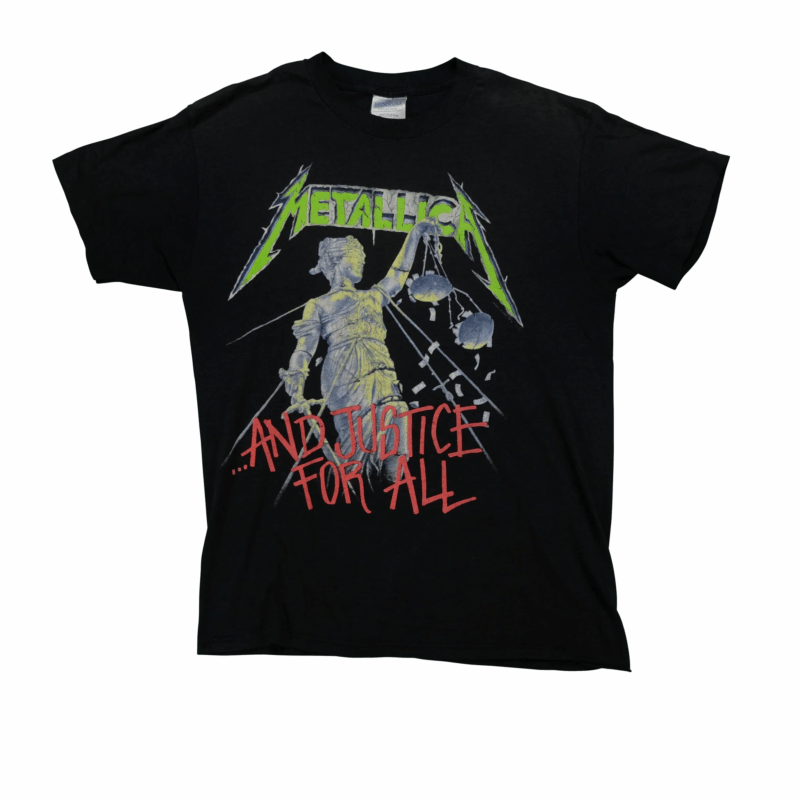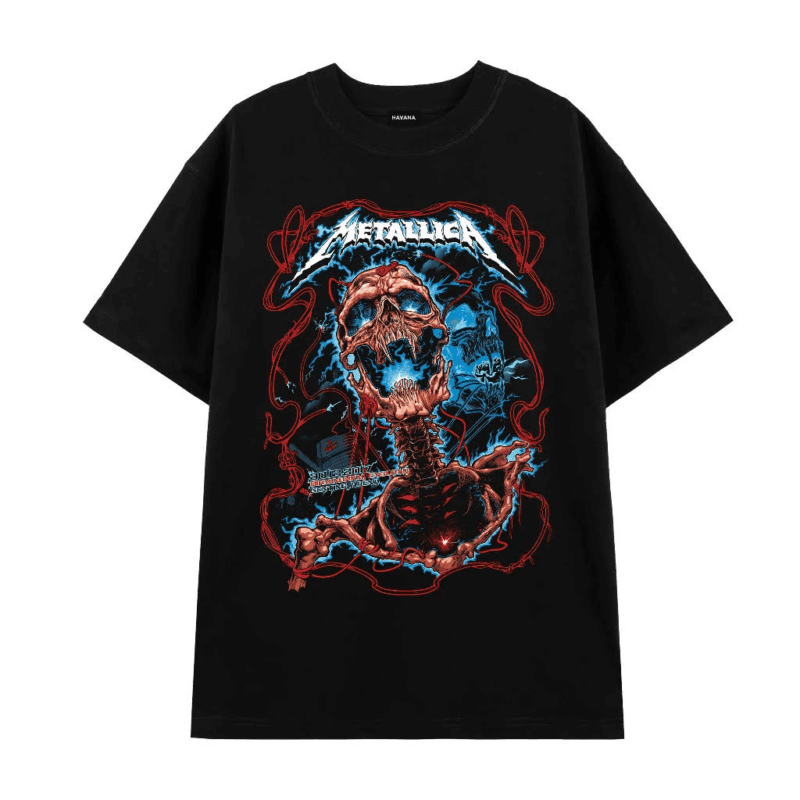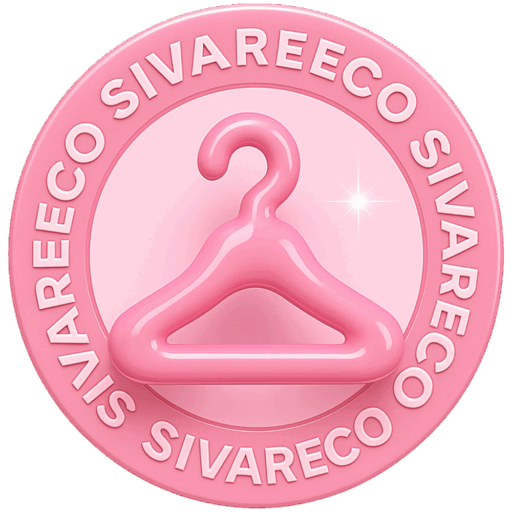News
Metallica Band T-Shirts: What’s Changed from the ’80s to Today?

Introduction: More Than Just Merch—A Metalhead’s Uniform
Metallica isn’t just a band. It’s a lifestyle, a roar, a cultural revolution wrapped in guitar solos and rebellion. And for millions of fans, wearing a Metallica T-shirt is the clearest way to say: I live for the sound of thrash. But have you ever stopped to think how this iconic garment—the humble Metallica tee—has evolved over the decades?
From the gritty screen-printed logos of the ’80s to today’s oversized streetwear pieces and NFT-linked fashion drops, the journey of Metallica T-shirts is as electrifying as the band’s music. Let’s take a deep dive through time, sound, and fabric.
Chapter 1: The Birth of the Metal Tee (1981–1989)

Back in the early ’80s, Metallica was still clawing its way into the limelight. The first band tees were DIY affairs—bootleggers outside gigs selling cheaply made black shirts with barely-legible logos. These weren’t fashion pieces; they were raw badges of allegiance.
What they looked like:
- Black cotton (always black)
- Cracked, low-quality screen prints
- Early logos: the jagged “Metallica” font from Kill ’Em All and Ride the Lightning
- Grim reapers, skulls, electric chairs—raw and rebellious
These shirts were less about trends and more about tribes. Wearing one meant you were in the know, part of the underground.
Fun Fact: Early Metallica tees were often swapped at shows or handmade by fans themselves. Owning one meant you earned it.
Chapter 2: The ’90s Shift—From Underground to Arena Giants

As Metallica went from underground heroes to stadium kings in the ’90s (hello, The Black Album), their merch evolved too. Shirts became more mainstream and better produced, but without losing that edge.
Key changes:
- Higher quality fabrics and mass production
- Introduction of all-over prints and back designs
- Iconic artwork from albums like Load and Reload
- Merch booths at massive tours across the globe
This era also saw Metallica merchandise appearing in chain stores like Hot Topic and Spencer’s, blurring the lines between rebellion and retail.
Cultural note: For the first time, Metallica tees were worn by people who didn’t necessarily know the band’s discography—sparking debates among purists.
Chapter 3: The 2000s—Metal Meets Fashion

The early 2000s were weird for metal tees. Emo and nu-metal took the spotlight, and thrash briefly took a backseat. But Metallica merch never disappeared—it evolved.
Trends of the era:
- Slimmer fits and women’s cuts (a major shift)
- Washed-out, vintage-inspired prints
- The rise of fashion metal: tees worn by pop stars and runway models
Brands started “reimagining” band tees, often without input from the bands themselves. Metallica’s classic lightning logo could be seen on $300 designer T-shirts—triggering outrage and fascination.
Chapter 4: The Revival—2010s Nostalgia and Vintage Resurgence

Then came the nostalgia wave. Suddenly, ’80s metal was cool again.
What changed:
- Explosion of vintage shops selling original ’80s/’90s Metallica tees at premium prices
- Young fans embracing the band without growing up with them
- Graphic designers replicating retro tour shirt aesthetics
Celebrities like Kendall Jenner and Justin Bieber were photographed wearing old-school Metallica tees. This opened the floodgates. Streetwear brands like Supreme and Fear of God began dropping their own “metalcore” collections—directly inspired by classic band tees.
Chapter 5: 2020s and Beyond—The Digital & DIY Renaissance

Today, Metallica merch exists in both physical and digital realms. From official reissues to fan-made Etsy designs and even NFT-linked tees, the landscape has never been more diverse—or chaotic.
Notable trends:
- Oversized, distressed streetwear fits
- “Thrift-core”—intentional fading, pre-worn textures
- Sustainability: organic cotton, ethical printing
- Digital fashion: virtual Metallica shirts for avatars and the metaverse
And Metallica, to their credit, has embraced it all. Their official merch store now offers everything from vintage-style tees to baby onesies and biker jackets.
Bonus: The Power of the Metal Tee—Why It Still Matters

So why does the Metallica T-shirt matter?
Because it’s more than fabric. It’s memory, identity, sound. It tells stories—from your first concert to the band that got you through a breakup. In a world of fast fashion and fleeting trends, Metallica tees have soul.
Wearing one says:
- I don’t follow trends—I make them.
- I honor the roots of rock.
- I’m loud, proud, and unapologetically me.
Conclusion: From Mosh Pits to Metaverse—The Metal Tee Marches On
From underground bootlegs to luxury collectibles, the Metallica T-shirt has shredded through decades of style without losing its identity. As long as riffs remain heavy and fans remain loyal, the evolution will continue—louder, prouder, and even more iconic.
So whether you’re rocking a cracked ’84 tour tee or a bold new drop from Metallica’s official site, wear it like a badge of honor.
Because a Metallica T-shirt isn’t just something you wear. It’s who you are.
